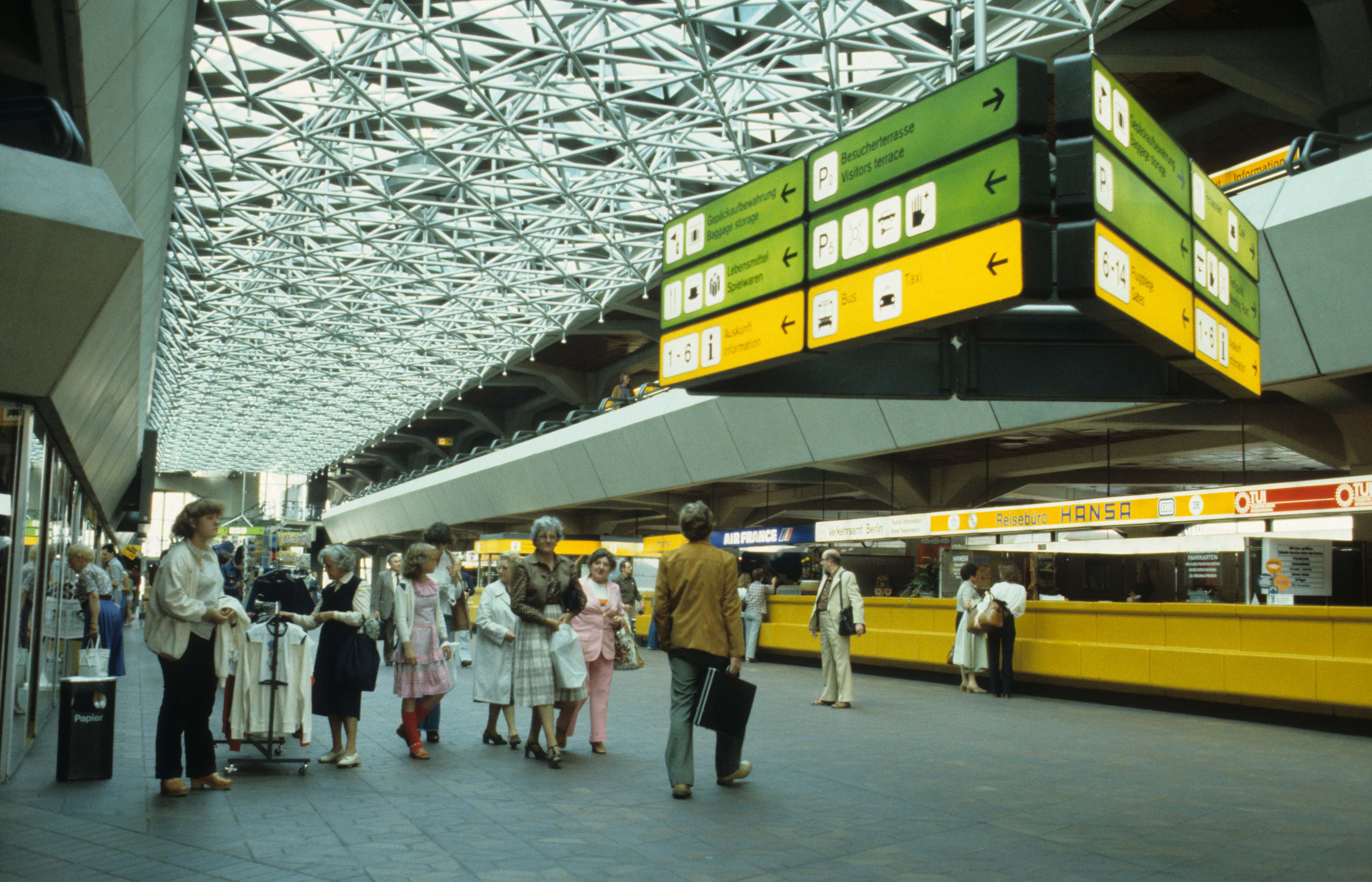
2021 |
On 4 May 2021, midnight, the operating permit for TXL ends, Tegel Airport is no longer a commercial airport. According to the notice on the revocation of the operating permit by the Senate, Tegel must be closed after six months after the southern runway of BER has been put into operation. Air traffic at Tegel ended on 8 November 2020 with the last take-off of an Air France aircraft to Paris, after which the airport was in a "dormant state". All flight operations functions remained, but aircraft no longer took off or landed there. The airport site with its 130 buildings and facilities will be completely returned to the owners, the state of Berlin and the federal government, by the beginning of August 2021. The Tegel-Projekt GmbH is responsible for the subsequent use of the airport site. |
2020 |
The corona pandemic paralyses global air traffic and poses unprecedented challenges to all parties involved. Lockdowns and travel restrictions around the world freeze operations at the beginning of the year and not only at Tegel. The effects of COVID-19 are clearly noticeable in the first half of the year: compared to the previous year, around 70 per cent fewer passengers are handled by August – almost 5 million passengers use Tegel Airport. |
2019 |
The airport location in Berlin records a record number of passengers for the ninth time in a row. A record number is also achieved at Tegel with 24.2 million passengers. |
2018 |
Passenger volume continues to grow and increases to around 22 million passengers. At the same time, easyJet significantly expands its presence in Berlin and lands at Tegel for the first time in January 2018. |
2017 |
On 27 October, airberlin, until then the largest airline in Berlin, ceases flight operations. Air Berlin's insolvency has only a slight effect on passenger numbers: Just under 20.5 million passengers fly to and from Tegel this year. |
2016 |
New flight connections from Tegel. A total of 81 airlines now connect Berlin and Brandenburg with 177 destinations in 54 countries. |
2015 |
The south runway is refurbished, the sprinkler tank is replaced and a new cooling system for a pleasant climate in the passenger terminals. |
2014 |
Berlin Tegel celebrates its 40th birthday. The airport has preserved its trademark over the years and continues to stand for short routes and easy travel. |
2013 |
Berlin air traffic records record growth of handled passengers. At Tegel, figures rise by almost 8 percent to 19.5 million passengers. |
2012 |
The airport will remain in operation until the opening of the Berlin Brandenburg Airport (BER) and this year, it will record over 18.1 million passengers. |
2011 |
With a passenger volume of 16.9 million passengers, the airport will be further expanded: another 1,200 square metre handling area is being built at Terminal C as a lightweight construction with space for three aircraft. |
2010 |
Air Berlin continues to develop Tegel Airport into its hub. |
2009 |
In September, an extension to Terminal C is put into operation. The building is used for a majority of non-Schengen traffic to Russia and Turkey. |
2008 |
For the first time, there are direct flights from Tegel to Beijing. In total, almost 14.5 million passengers are handled at the airport. Meanwhile, the "Tegel Project Group" is working on proposals for the subsequent use of the site. A research and industrial park with green technologies of the future is to be built. In addition, residential buildings, nature and forest areas are to be built on the site. |
1996 |
The shareholders Berlin, Brandenburg and the Federal Government decide to build Berlin Brandenburg International Airport (BBI), today Berlin Brandenburg Airport (BER), on the area of Schönefeld Airport. Tegel and Tempelhof airports will be closed in return. |
1990 |
As part of German reunification, all restrictions for the Berlin airspace are lifted and German airlines can now fly to Tegel. |
1975 |
Tegel becomes Berlin’s most important passenger airport |
1968 |
Tempelhof Airport reaches maximum capacity, and from 1968 on many charter flight airlines move their services to Tegel. |
1964 |
Pan American World Airways (PanAm) commences regular commercial flights to Tegel. |
1960 |
Air France starts the first regular commercial service to Tegel. |
1948 |
Slightly more than a month after the start of the Berlin blockade, the French occupied forces agree to the construction of a new airport in their sector, which is to help the Berlin Airlift. In a record time of only 90 days an airport is built on the former military training site; it has a runway of 2428 metres, which at the time was the longest in Europe. The first aircraft lands here on 5 November 1948. |
1945 |
The site and all buildings on it are severely damaged by bombs. The local authorities plan to establish an allotment colony here to alleviate the housing shortage in Berlin. |
1939 |
During the Second World War the former rocket testing ground becomes a military training ground for the air force. |
1933 |
The Tegel rocket testing site is forced to close due to an unpaid water bill. |
1930 |
A rocket-testing facility is built at Tegel for developing and testing liquid fuel rockets. |
1919 |
The Treaty of Versailles prohibits Germany from having armed aircraft. Work in Tegel stops and the airship hangar built in 1906 is demolished. |
1914 |
The area becomes a military training ground for aerial reconnaissance crews. |
1906 |
An airship hangar is built. |
1896 |
Barracks are built in Jungfernheide for an airship battalion, and experiments start on various designs for dirigibles (Parseval and Groß-Basenach type airships). |
1823 |
The forests of Charlottenburg and Tegel are merged to form the estates of Tegeler Forst and Jungfernheide. Later, Tegel is used as an artillery firing range for the military. |

